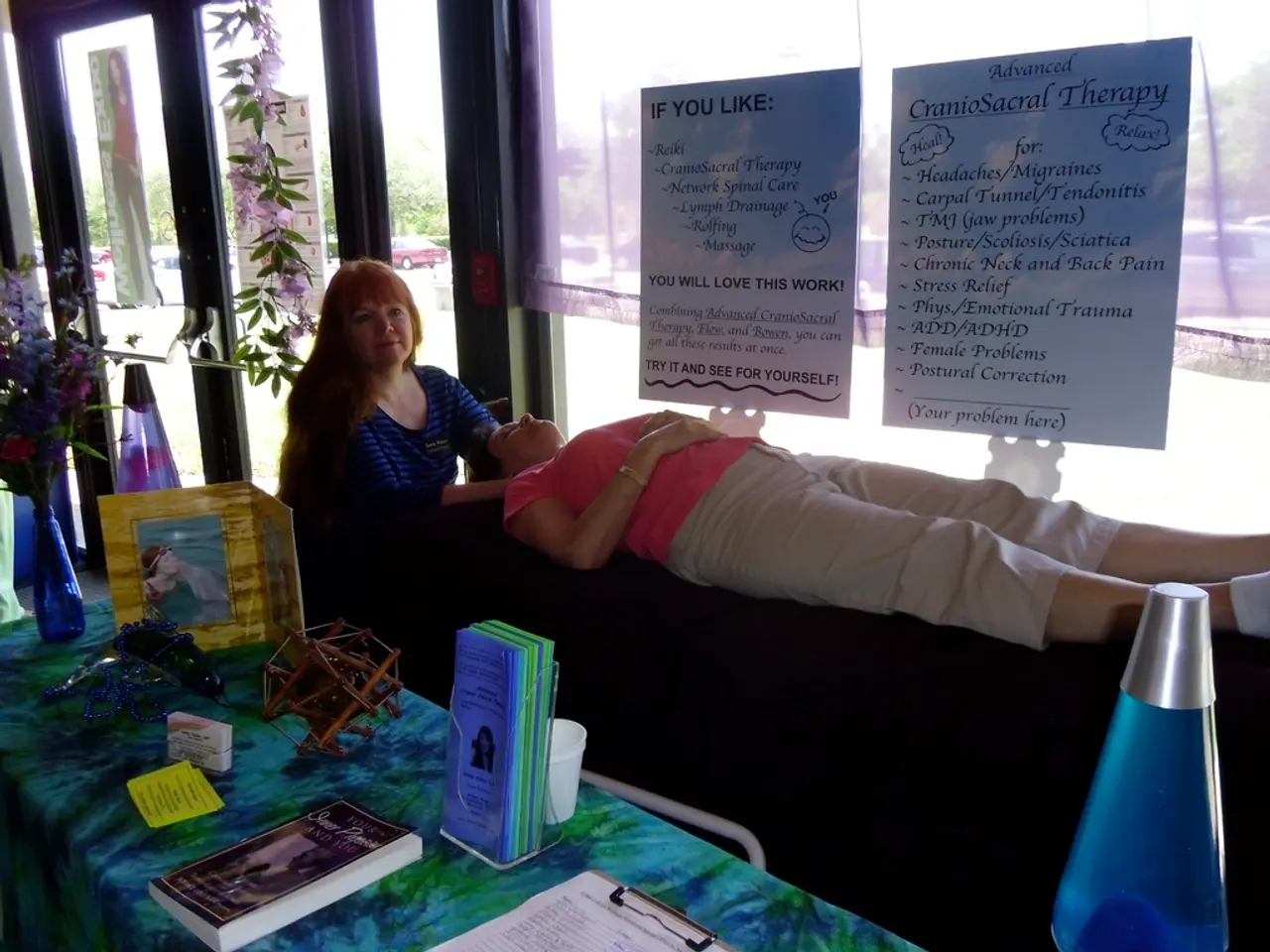Alternative Antidepressants Not Involving SSRI: Efficacy in Managing Anxiety and Depression
In the ongoing quest to manage depression and anxiety, non-Selective Serotonin Reuptake Inhibitors (SSRIs) antidepressants have emerged as valuable alternatives. These medications, each with unique mechanisms of action, offer a more tailored approach to treatment, catering to the diverse needs of patients.
### Serotonin-Norepinephrine Reuptake Inhibitors (SNRIs)
SNRIs, such as Duloxetine (Cymbalta), Venlafaxine (Effexor XR), Desvenlafaxine (Pristiq), and Levomilnacipran (Fetzima), work by increasing levels of serotonin, norepinephrine, and dopamine by blocking their reuptake. Approved for major depression and some anxiety disorders, SNRIs are often used when SSRIs cause intolerable side effects like sexual dysfunction or weight gain. They may take 6-8 weeks to show full effects, but side effects tend to be fewer than older classes like Tricyclic Antidepressants (TCAs).
### Atypical Antidepressants
Atypical antidepressants, like Bupropion and Mirtazapine (Remeron), offer a diverse group with unique mechanisms of action. For instance, Bupropion affects dopamine and norepinephrine, while mirtazapine modulates noradrenergic and serotonergic systems. Mirtazapine is used for depression and may improve sleep and appetite, while bupropion is less associated with sexual side effects and can help with fatigue.
### Tricyclic Antidepressants (TCAs)
TCAs, such as Amitriptyline, Nortriptyline, and Imipramine, are an older class of antidepressants that affect multiple neurotransmitters. Although effective for depression and some anxiety disorders, they generally reserve for treatment-resistant cases due to their side effect profile, which includes dry mouth, constipation, sedation, weight gain, and cardiac issues.
### Monoamine Oxidase Inhibitors (MAOIs)
MAOIs, such as Phenelzine and Tranylcypromine, are another class of antidepressants that increase levels of serotonin, norepinephrine, and dopamine by blocking monoamine oxidase enzymes. However, they are usually reserved for atypical or resistant depression due to dietary restrictions and side effects.
### Serotonin Modulators (Non-SSRI)
Serotonin modulators, like Trazodone, Vilazodone, and Vortioxetine, offer alternatives with different side effect risks. Trazodone is often used to improve sleep, while others may cause fewer sexual side effects than SSRIs.
### Effectiveness Summary
SNRIs and atypical antidepressants are effective for both depression and anxiety, often prescribed when SSRIs are not tolerated. TCAs and MAOIs are generally effective but are less commonly prescribed due to side effects and safety concerns. Newer atypical agents and serotonin modulators offer alternatives with different side effect risks.
### Important Considerations When Choosing Non-SSRI Antidepressants
When choosing non-SSRI antidepressants, it's crucial to consider the side effect profile, time to effectiveness, comorbid conditions, drug interactions, patient history, and non-medication alternatives. Psychotherapy, lifestyle changes, and other supports are important adjuncts or alternatives, especially for those hesitant about medication.
In conclusion, non-SSRI antidepressants provide important alternatives for treating depression and anxiety, with choices tailored based on effectiveness, side effects, and individual patient needs. Consulting a healthcare provider is crucial to determine the best option.
- SNRIs, such as Duloxetine, Venlafaxine, Desvenlafaxine, and Levomilnacipran, increase levels of serotonin, norepinephrine, and dopamine and are often used when SSRIs cause intolerable side effects.
- Atypical antidepressants like Bupropion and Mirtazapine offer unique mechanisms of action, with Mirtazapine improving sleep and appetite, and bupropion helping with fatigue.
- Tricyclic Antidepressants, such as Amitriptyline, Nortriptyline, and Imipramine, are effective for depression and anxiety but are less commonly prescribed due to their side effect profile.
- Serotonin modulators, like Trazodone, Vilazodone, and Vortioxetine, offer alternatives with different side effect risks, and Trazodone is often used to improve sleep.
- When choosing non-SSRI antidepressants, it's essential to consider the side effect profile, time to effectiveness, comorbid conditions, drug interactions, patient history, and non-medication alternatives, such as psychotherapy, lifestyle changes, and other supports.




